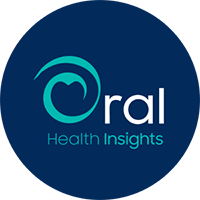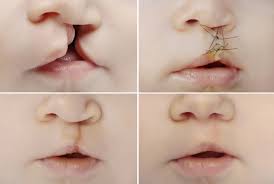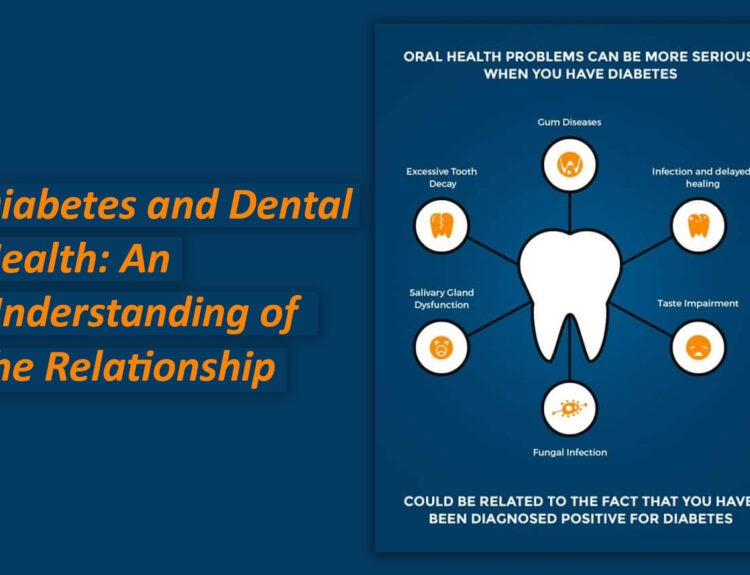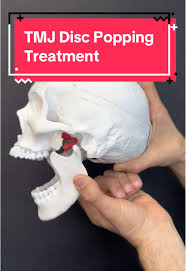Cleft lip and palate are among the most common birth anomalies, affecting thousands of babies worldwide each year. In the U.S. alone, a cleft lip affects about one out of every 2,800 newborns, and both cleft lip and palate occur in roughly 1 out of 1,600 births. It is observed that infants of Asian/Pacific, Latinx, or Native American heritage experience higher rates of clefts compared to other racial groups.
While these conditions can present challenges, advances in surgical care, therapy, and community support have paved the way for children with clefts to lead healthy, fulfilling lives. Organizations and charities worldwide play a vital role in providing free surgeries, speech therapy, and family support. Awareness campaigns help reduce stigma and educate communities about the condition.
Cleft Lip and Palate?
A cleft lip is a separation or opening in the upper lip that occurs when the tissue that forms the lip doesn’t fully join before birth. A cleft palate involves an opening in the roof of the mouth (the palate), which can affect the hard and/or soft palate.
Types
- Cleft lip only
- Cleft palate only
- Cleft lip and palate together
Risk Factors
Cleft lip and palate form during early pregnancy. The exact cause is unknown but several factors can contribute, including:
Genetics: Family history of clefts increases the risk.
Environmental factors: Maternal smoking, diabetes, or certain medications during pregnancy.
Nutritional factors: Lack of folic acid during pregnancy.
Effect on Health and Development
Feeding difficulties: Difficulty creating a seal during sucking.
Ear infections and hearing problems: Due to fluid buildup in the middle ear.
Dental issues: Misaligned teeth or missing teeth.
Speech problems: Nasal-sounding speech or difficulty pronouncing certain sounds.
Early detection and treatment are key to minimizing these challenges.
Treatment and Management
Treatment is typically a team effort, involving:
- Surgery: Usually performed within the first year of life for cleft lip, and by 18 months for cleft palate.
- Speech therapy: To help with language development.
- Dental and orthodontic care: To address tooth alignment and oral health.
- Hearing management: Regular checks to ensure normal hearing.
- Emotional support: Helping children and families cope with social and psychological impacts.





